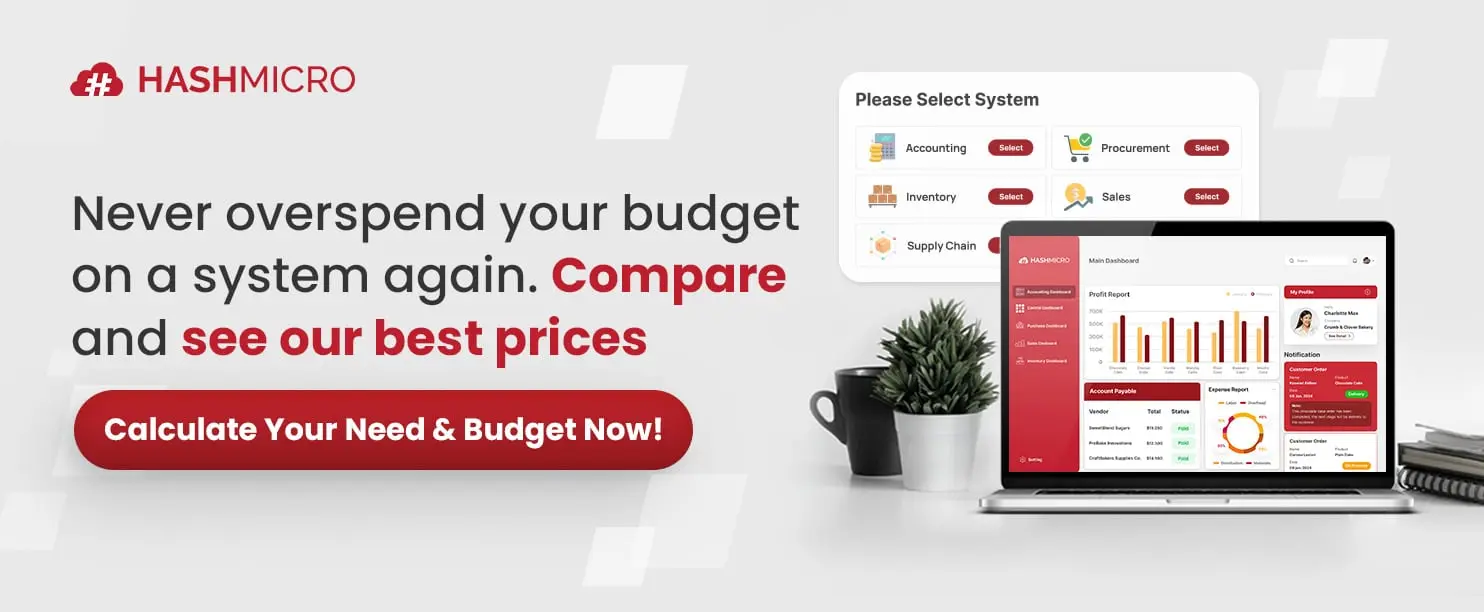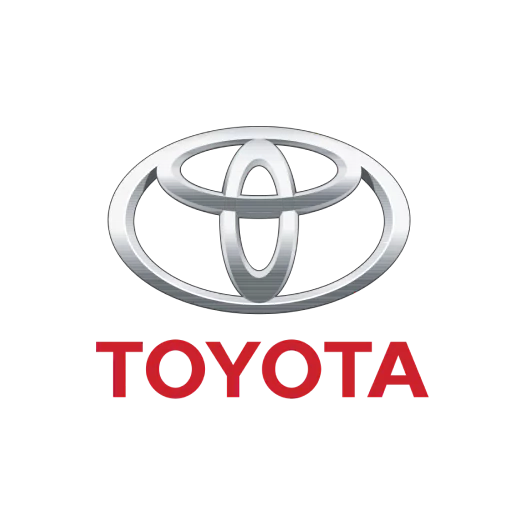Rising fuel costs, delayed deliveries, and limited visibility often present challenges for fleet management businesses. But what if you could track every vehicle in real time and fix issues before they impact your operations?
A Vehicle Monitoring System (VMS) is the perfect choice. With a VMS, companies can monitor vehicles, optimize routes, and cut costs all within a single platform. Keep reading to see how it works and why a VMS is a must for businesses looking to stay competitive.
By integrating a VMS into daily operations, fleet managers gain real-time insights into vehicle performance, driver behavior, and route efficiency. Ultimately, it improves overall efficiency, lowers costs, and strengthens customer satisfaction, giving businesses a competitive edge in the market.
Key Takeaways
|

What is a Vehicle Monitoring System (VMS)?
A Vehicle Monitoring System (VMS) is a software-based solution that enables businesses to track, analyze, and manage their fleet operations in real time. It combines GPS tracking, telematics, and data analytics to give companies complete visibility over vehicle locations, driver behavior, fuel consumption, and delivery performance.
With this information, managers can quickly identify delays, optimize routes, and address potential issues before they impact customers. By integrating VMS into daily operations, businesses can streamline logistics, cut transportation costs, and improve overall efficiency across the supply chain.
How Does a VMS Work?
A vehicle monitoring system works hand in hand with a transportation management system to give businesses complete visibility and control over their fleet operations. It combines GPS tracking, telematics devices, and software analytics to collect real-time data such as vehicle location, speed, fuel usage, and driver behavior in one centralized platform.
Managers can access this platform through a web dashboard or mobile application. They can monitor vehicle performance, receive instant alerts for potential issues, and review historical data to improve route planning and decision-making.
By integrating with transportation management system tools, route optimization features, and compliance reporting, a VMS helps businesses streamline logistics operations, boost efficiency, and reduce overall transportation costs.
Importance of Vehicle Monitoring System (VMS)
To see how VMS can help your business, it’s important to know why it has become so essential for fleet management.
- Real time fleet visibility: VMS gives businesses a complete view of where every vehicle is at any moment. This visibility helps managers plan better, avoid delays, and quickly respond to unexpected issues.
- Cost control and efficiency: By tracking fuel consumption, route performance, and vehicle usage, businesses can reduce unnecessary expenses and maximize the return on every delivery trip.
- Improved decision making: VMS collects accurate data that allows managers to analyze performance trends, identify problems early, and make informed business decisions faster.
- Safety and compliance: Monitoring driver behavior and vehicle conditions helps companies maintain safety standards and comply with transportation regulations.
- Better customer service: With accurate delivery tracking and fewer delays, businesses can keep customers updated and improve satisfaction levels.
Core Features of a VMS
Below are the core VMS features with practical detail on how they work and the business value they deliver:
1. GPS tracking
GPS tracking is one of the most critical features of a vehicle monitoring system. It allows businesses to see the real-time location of every vehicle in their fleet on a single platform. Managers can monitor routes, estimated arrival times, and possible delays without calling drivers or relying on manual updates.
From a business perspective, this visibility brings several advantages. Companies can plan more efficient routes, reduce fuel consumption caused by unnecessary detours, and quickly respond to unexpected issues like traffic jams or breakdowns.
It also improves customer satisfaction by enabling accurate delivery time updates and faster problem resolution.
2. Vehicle diagnostics
Vehicle diagnostics provides businesses with detailed information about the health and performance of their fleet. By leveraging telematics and onboard diagnostic systems, a VMS collects data such as engine condition, fuel efficiency, battery status, and even early warning signals for potential mechanical issues.
This data-driven approach allows managers to schedule preventative maintenance before minor issues become costly repairs or unexpected breakdowns.
The result is lower maintenance costs, improved vehicle lifespan, and minimal disruption to delivery schedules, keeping business operations running smoothly and cost-effectively.
3. Driver behavior monitoring
Driver behavior monitoring focuses on how drivers operate company vehicles. The system tracks driving habits such as speeding, harsh braking, rapid acceleration, and excessive idling.
This information helps businesses identify risky driving behaviors that can lead to accidents, increased fuel consumption, or vehicle damage.
With this insight, companies can implement training programs, set clear driving policies, and even offer incentives for safe and efficient driving. Over time, this leads to lower accident rates, reduced insurance costs, better fuel efficiency, and improved brand reputation due to safer and more reliable deliveries.
4. Fuel management
A Vehicle Monitoring System (VMS) enables companies to track fuel consumption across their entire fleet in real time. By monitoring usage patterns, identifying inefficiencies, and detecting unauthorized fuel usage, businesses can implement more effective fuel-saving strategies.
These insights help reduce operational costs, improve overall fleet efficiency, and make fuel management a central component of daily operations.
5. Geofencing
A Vehicle Monitoring System (VMS) allows businesses to create virtual boundaries, or geofences, around specific areas such as customer sites, depots, or restricted zones. If a vehicle moves outside the designated boundary, the system sends instant alerts to fleet managers.
This feature helps maintain operational control, ensures compliance with routes or schedules, reduces unauthorized use, and keeps fleet operations efficient and streamlined.
Benefits of Implementing a Vehicle Monitoring System
Once you understand the core features of a vehicle monitoring system, the next step is to see how these features translate into real business value. Here are the key benefits companies can achieve by implementing a VMS:
1. Improving driver safety
With a VMS, businesses actively track speeding, sudden braking, and rapid acceleration in real time. Managers can quickly identify risky driving behavior and take action by offering training programs, establishing clear safety policies, and rewarding safe driving behavior.
As a result, companies reduce the risk of accidents, protect their employees, and lower insurance costs while keeping deliveries on schedule.
2. Improves fleet efficiency
Companies use VMS to optimize routes, monitor fuel consumption, and track delivery times in real time. This active approach allows managers to eliminate unnecessary stops, reduce idle time, and improve on-time performance.
By increasing fleet efficiency, businesses cut operational costs and deliver products to customers faster and more reliably.
3. Maximizes asset utilization
VMS gives businesses a clear view of vehicle usage rates, mileage, and downtime. Managers use this data to schedule vehicles strategically, prevent underutilization, and avoid overloading certain assets.
As a result, companies extend vehicle lifespan, reduce maintenance expenses, and get maximum ROI from their entire fleet.
4. Captures advanced data
Using VMS, businesses collect detailed information on vehicle performance, driver habits, fuel efficiency, and delivery metrics. Managers analyze this data to identify patterns, predict maintenance needs, and make informed decisions about route planning, driver assignments, and cost control. This data-driven strategy helps companies stay competitive and agile in a demanding market.
5. Simplifies compliance and regulations
VMS automates the recording of driver hours, route logs, and maintenance schedules. Companies use these automated reports to stay compliant with safety regulations, labor laws, and transportation standards.
This proactive approach minimizes legal risks, avoids fines, and ensures that the business operates with full accountability and transparency.

How to Choose the Right Vehicle Monitoring System for Your Business?
Selecting the right vehicle monitoring system can feel overwhelming with so many options available. To make the best decision for your business, focus on features and factors that directly impact your fleet’s performance and long-term growth.
- Define your business needs: Start by identifying the challenges you want to solve. Whether it’s reducing fuel costs, improving driver safety, or streamlining compliance, knowing your goals helps you choose a system with the right features for your business.
- Evaluate key features: Look for essential features like GPS tracking, driver behavior monitoring, vehicle diagnostics, and real-time alerts.
- Check system integration: Choose a VMS that integrates smoothly with your existing transportation management system or logistics software.
- Consider ease of use: A complex system can slow down adoption. Select a VMS with an intuitive interface, simple dashboards, and mobile access so managers and drivers can use it effectively without a long learning curve.
- Review data analytics capabilities: A good VMS doesn’t just collect data, it helps you analyze it. Look for systems with strong reporting and analytics tools to turn real-time information into actionable insights that drive business growth.
- Evaluate vendor support and reliability: Check the vendor’s track record for customer support, system uptime, and training resources.
Why Choose HashMicro’s Vehicle Monitoring System for Your Business?
Managing a fleet efficiently is crucial for businesses across industries, from logistics and delivery services to corporate vehicle operations. Proper tracking, route optimization, and monitoring driver behavior are essential to reduce costs, ensure timely deliveries, and maintain overall operational efficiency. Without a reliable system, companies risk fuel waste, delayed shipments, and increased maintenance costs.
HashMicro’s vehicle monitoring system addresses these challenges with a centralized platform for fleet tracking, route optimization, and performance monitoring.
In Malaysia, it provides real-time monitoring, complies with local regulations, and adapts to the specific needs of businesses, making it a reliable solution to improve fleet efficiency, reduce operational risks, and enhance productivity.
Key features and business impact:
- Real-time GPS tracking: Improve delivery accuracy, reduce delays, and give customers precise updates.
- Driver behavior monitoring: Lower accident risks, cut insurance costs, and promote safe driving practices.
- Vehicle diagnostics: Prevent costly breakdowns and extend vehicle lifespan with timely maintenance.
- Route optimization: Reduce fuel expenses and shorten delivery times with smarter route planning.
- Advanced reporting: Make data-driven decisions using clear insights on fleet performance and costs.
- ERP Integration: Connect fleet data with finance, inventory, and compliance systems for seamless operations.
Conclusion
A Vehicle Monitoring System is no longer just a nice-to-have tool it has become essential for businesses that want to improve fleet efficiency, cut operational costs, and ensure driver safety. By providing real-time visibility, actionable data, and automation features, a VMS helps companies make smarter decisions and stay competitive in a fast-moving market.
If you are looking for a reliable solution, HashMicro’s vehicle monitoring system offers advanced features like GPS tracking, driver behavior monitoring, route optimization, and seamless integration with your existing business systems.
To see how it can transform your fleet operations, request a free demo today and experience the difference for yourself.

FAQ Vehicle Monitoring System
-
What is a vehicle monitoring and security system?
The VMSS (Vehicle Monitoring and Security System) is a GPS based vehicle tracking system that is used for security applications. The project uses two main underlying concepts. These are GPS (Global Positioning System) and GSM (Global System for Mobile Communication).
-
What exactly is a safety monitoring system?
The safety monitor systems use a person (the safety monitor), rather than a mechanical system to warn roofers when they are six feet or more above a lower level and in danger of falling.
-
How many types of vehicle tracking systems are there?
There are several main GPS tracking system types including real-time cellular trackers, passive data loggers, OBD-connected devices, hardwired systems, and battery-powered units.



























